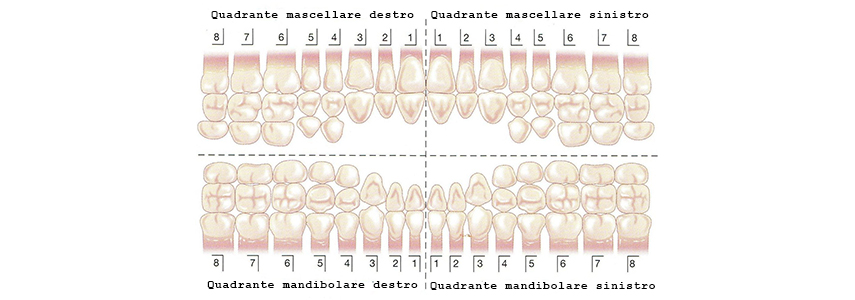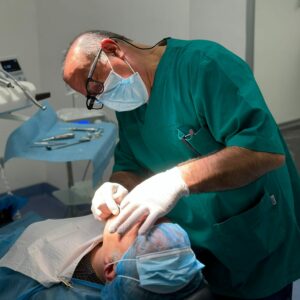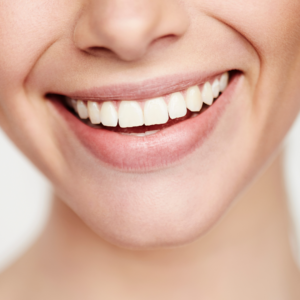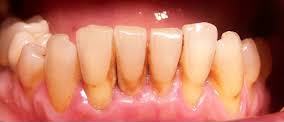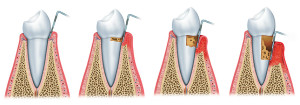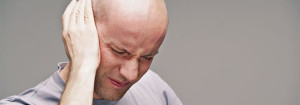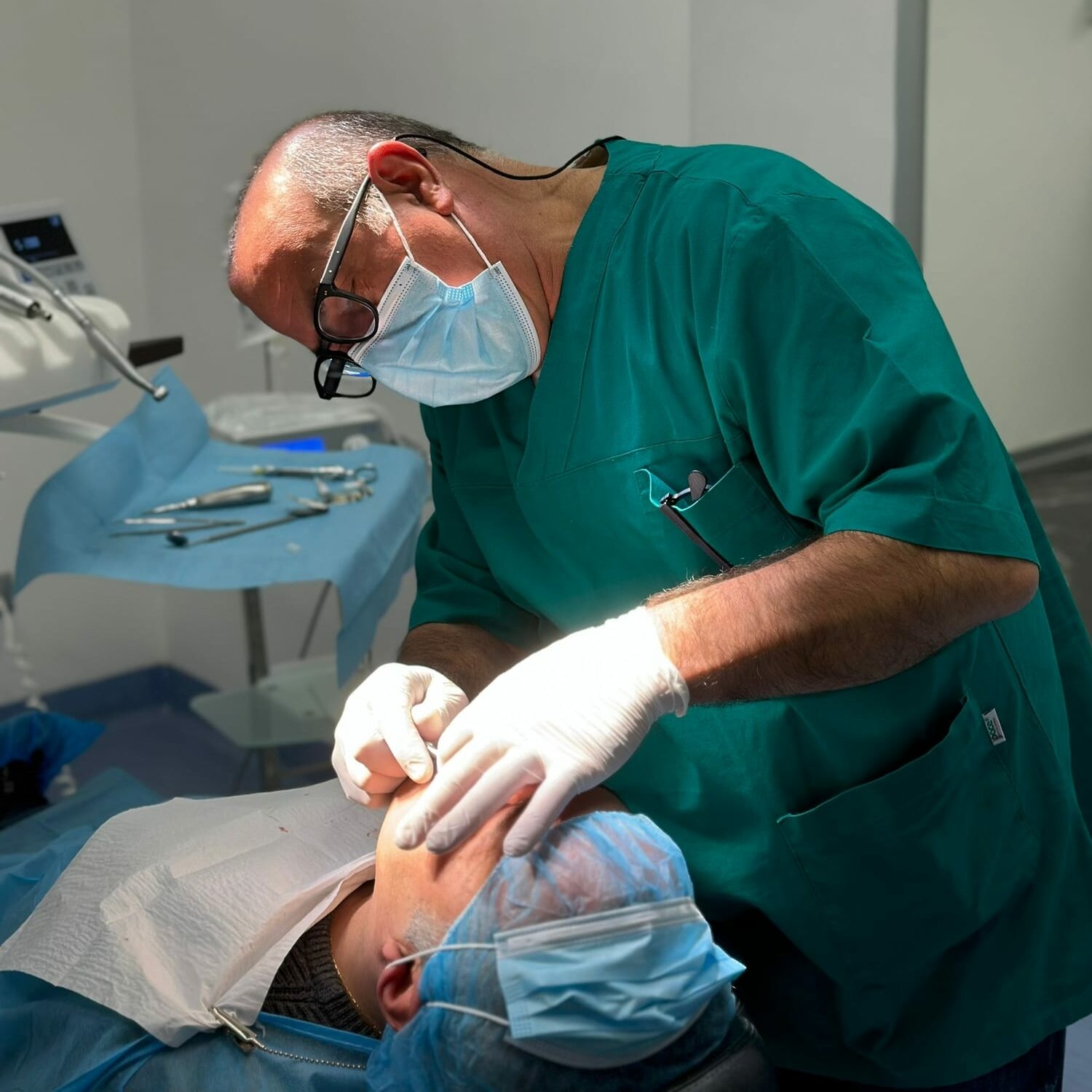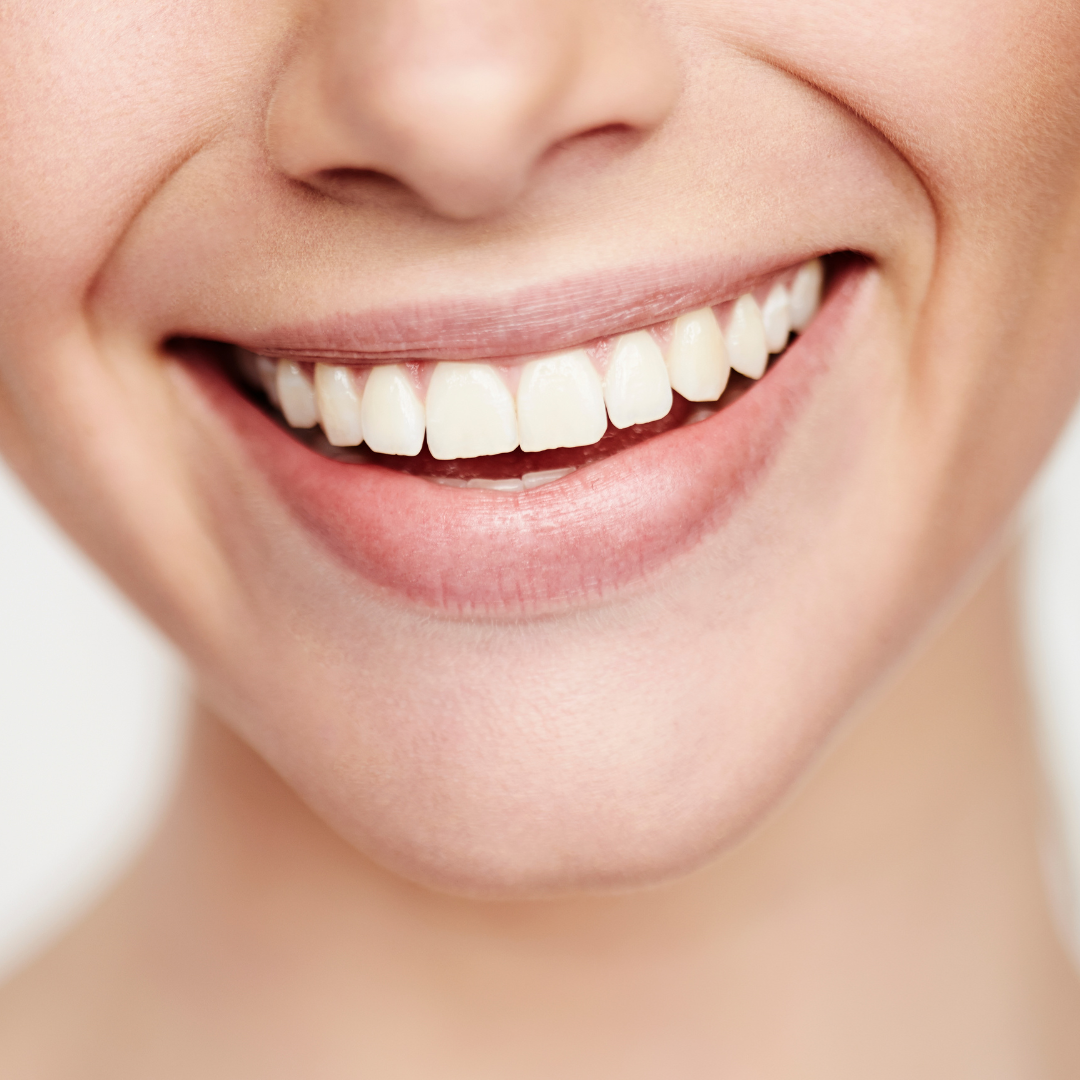Teeth, like people, have names, so it is easier to identify them. For greater specificity and given that, for example, there are more than one molar, dentists use numbers.
The correlation between teeth, names and numbering responds to the need to classify the teeth and have a shared recognition. Imagine that the dentist tells you that that tooth will have to be extracted and that an X-ray will have to be taken, how will the “indicted” tooth be indicated so that we cannot be wrong? With a number. Let’s try to understand more.
Tooth numbering systems
There are three main dental numbering systems: the FDI dental numbering system, the universal dental numbering system (United States), the Palmer dental numbering system. Let’s see what is the numbering criterion adopted by each dental system:
- the FDI dental numbering system consists of the division of the mouth into four parts, two sections per arch: the upper right half-arch and the upper left half-arch of the upper jaw; the lower right and left half arch of the jaw. Each half-arch includes 8 permanent teeth, this is their numerical classification:
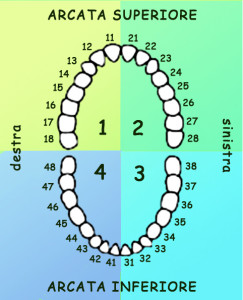
FDI numbering system - incisors: in the upper jaw, the incisors on the right are teeth number 11 and 12, on the left they correspond to numbers 21 and 22; in the lower jaw, the incisors on the left are the numbers 31 and 32, on the right the numbers 41 and 42. In total there are 8 incisors.
- canines: in the upper arch (upper jaw) tooth number 13 is the upper right canine, 23 is the upper left; in the lower part, on the left, the canine is identified with the number 33, on the right it corresponds to the number 43. In total there are four canines.
- premolars: 14 and 15 are the upper right premolars, 24 and 25 are the two upper left premolars; 34 and 35 belong to the lower left half-arch, 44 and 45 a
the lower one on the right. The total number corresponds to 8 premolars. - molars: 16 and 17 are the molars of the upper right half-arch, 26 and 27 are of the upper half-arch on the left; 36 and 37 correspond to the lower left half-arch, 46 and 47 to the lower right half-arch.
- wisdom teeth (third molars): 18 is the wisdom tooth in the upper right half-arch, 28 is the one in the upper left half-arch; 38 is in the lower left half-arch, 48 is in the lower right half-arch. There are 12 molars in all.
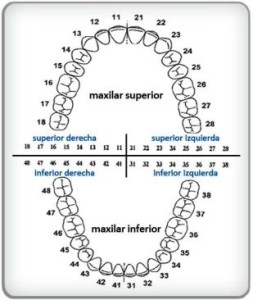
universal dental numbering system
- the universal dental numbering system is the simplest due to the fact that the numbering begins with 1 and ends with 32, in the part of the lower right jaw.
- the Palmer dental numbering system is similar to the FDI one. Also in this numbering system, the mouth is divided into four quadrants: 1 is the half-arch on the right side up, 2 half-arch on the left up, 3 half-arch on the left down, 4 half-arch on the right down.
Each half-arch starts its numbering starting from 1 and always from the incisor: right incisor of the upper jaw is the number 1, so it is for the incisor to the left of the upper jaw; the same rule applies to the left and right incisors of the jaw.
Wisdom teeth, the numbers. Yes or no extraction?
They are known to all and their eruption should take place at the age of “judgment”. They are wisdom teeth, also called third molars, which, according to the FDI numbering, correspond to the numbers 18, 28, 38, 48. With their late spill, between 17 and 25 years, it often happens that the space in the arch, especially in the lower one, is not enough to accommodate them. But when could the dentist opt for the extraction of a wisdom tooth? In the case of abnormal eruptions: wisdom teeth that protrude only partially (part of the crown remains covered with gingiva) or in an abnormal position (oblique teeth, turned towards the cheek, towards the tongue or towards the tooth that precedes them); when the wisdom teeth remain completely under the gum or even inside the bone. The eruption of wisdom teeth in an abnormal position can cause injury to the mucous membrane of the cheeks and tongue or cause caries to the neighboring teeth. In such cases, abnormal eruption of wisdom teeth, a specific name has been assigned: dysodontiasis. What are the most common symptoms? Earache, difficulty opening the mouth, swelling of the lymph nodes or abscesses. For these reasons, the dentist may recommend extirpation.
Do wisdom teeth cross other teeth?
As we have anticipated, the idea that there is a connection between the exit of the wisdom teeth and the crowding of the lower incisors is widespread, but this would be only partially correct. The most accredited thesis is that the crowding is due to the late growth of the jaw and that wisdom teeth can only contribute but not determine the problem. Most researchers believe that it is not justifiable to extract wisdom teeth just to prevent crowding, even the guidelines published by the Ministry of Health express themselves in this sense.

